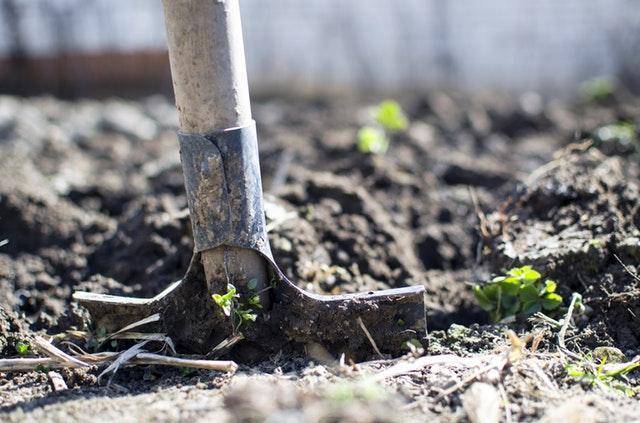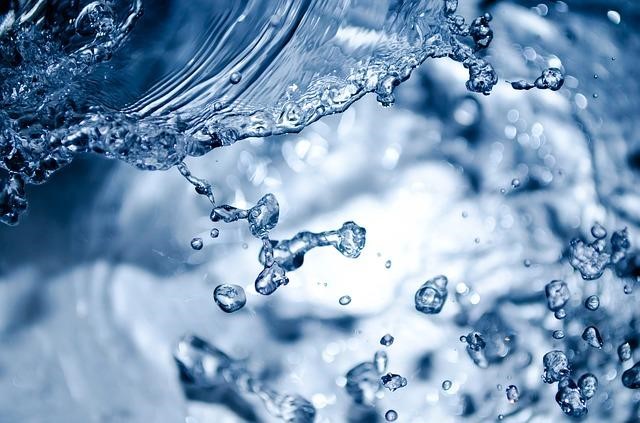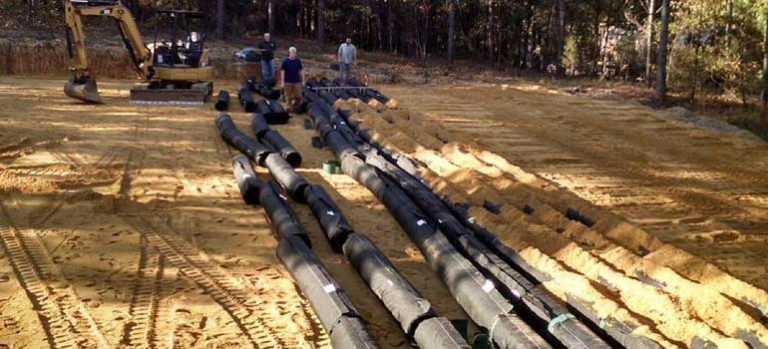Curious about septic system lifespan and how to determine when to replace it? The answer depends on the age of your septic system and the nature of the problem that has you considering replacement.
General Information
The average septic system’s lifespan is 25 – 30 years. The cost to purchase and install a new system ranges from $5,000 – $15,000. All septic solutions comprise two key parts: a tank and a drainfield (aka leach field). The tank is where waste settles to the bottom, and the drainfield is where the treated wastewater is dispersed. Interesting fact: 20 percent of US households use a septic system, and this number rises to 50 percent in southern states.
To Repair Or Replace
It’s common for your septic system to tell you when it’s time to consider repair or replacement. For example, you may wake up to discover a foul scent in your backyard. Or, your house might experience a sewage backup. When this happens, the first thing you should do is call NexGen Septics, serving California and Hawaii. Whether you have a residential septic system or a commercial septic system, our well-trained team will diagnose the problem and offer a solution.
Sewage in your home
If a backup results in sewage entering your home, the water level in your septic tank should be checked. It’s possible there’s a clog in the pipe connecting the tank to your house. This is something a plumber can fix. There’s also a chance that the pipe is broken. If this is the case, you’re probably looking at a few hundred dollars to remedy the problem.
If the problem lies within the tank itself, you should consider having the tank pumped – a project that runs $200 – $1000 depending on the size of the tank.
Drainfield issues
If the drainfield near your backyard smells bad or is soggy, a septic-tank pumping might solve the problem. Or, temporarily reduce your water usage and see if the drainfield returns to normal. A more serious problem is if the drainfield fails completely. This can happen if the septic tank isn’t pumped regularly, or it can occur when the septic system reaches a certain age.
When To Repair
Standing water in the drainfield, a foul odor in your backyard, or a backup in your home’s plumbing may simply be the result of a broken pipe. Or, depending on the complexity of your septic system, a part or two might require adjusting or replacing. For those people with a standard drainfield, it’s possible that the backup/soggy drainfield is due to a die-off of the bacteria that decomposes the waste because of the lack of oxygen. In this scenario, reducing system usage for a couple of weeks should facilitate bacteria growth and a return to normal functioning.
When To Replace
When a drainfield fails, there’s a good chance it’s beyond repair – which means a new septic system is in order. Whether you need to replace some or all of the system depends on the type of system you have, its age, and the condition of all components.
The passage of time is also cause for replacement. If your septic company provides periodic checkups and maintenance, they’ll tell you if the tank is developing cracks, piping is getting old, etc. Even the best septic systems expire, and eventually, a new setup will be required to ensure your safety and the value of your property.
For more information on septic systems, contact NexGen Septic. Our cutting-edge septic solutions deliver terrific fiscal and operational benefits to homes and businesses in California and Hawaii.



